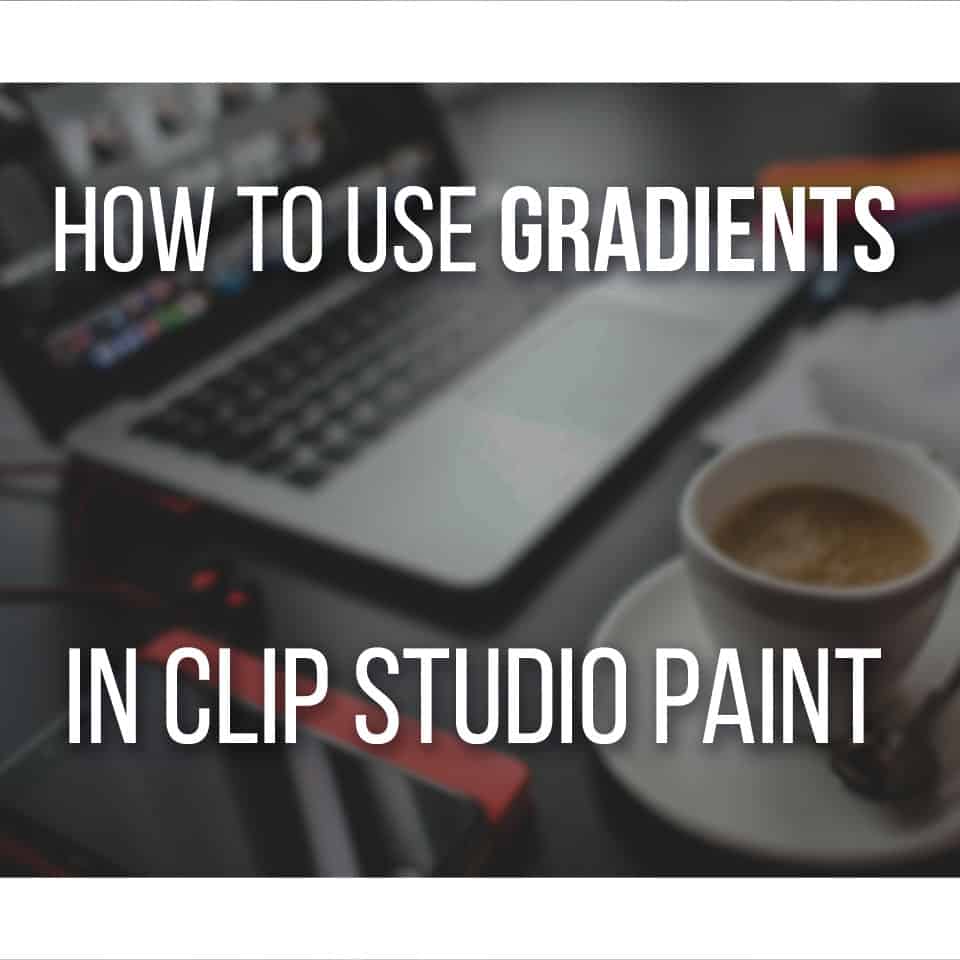Have you ever thought about how an artist creates the illusion of depth and distance?
If you have, then you know the power of space in art.
Space can be used to create a strong sense of depth.
In this article, we will explore the different types of space in art, how artists create the illusion of space, and look at some examples of space in art.
So let’s go over the definition of space in art and how to use it for your work!
Table Of Contents
Key Takeaways
- Using Negative and Positive Space you can create amazing depth, making subjects look closer or seem further away from the viewer.
- Deep space in art is created by placing objects close to viewers, giving a three-dimensional feel and adding mystery and awe to the artwork.
- Shallow space in art is created by objects close to the picture plane, giving a two-dimensional look and creating an intimate connection with the viewer. It can leave the audience with a feeling of detachment.
- Three-dimensional art allows the audience to experience physical space and invites interaction with the artwork.
- Two-dimensional art is created on a flat surface, and it can incorporate the illusion of depth and space.
What Is Space In Art
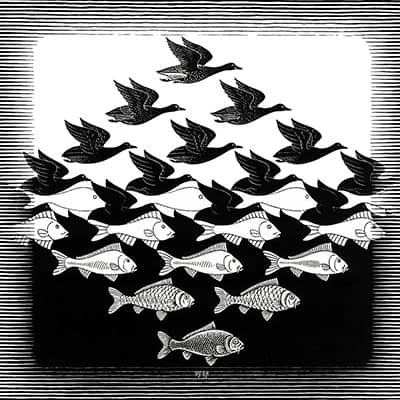
Space in art is an essential element that can be used to create powerful visuals and evoke emotions.
Positive space (the area that’s occupied by an object) and negative space (the area around and between the objects) are both elements of art.
The manipulation of space allows artists to control the overall composition, directing the viewer’s attention and creating a sense of balance or tension.
By utilizing space effectively, artists can create a sense of depth, perspective, and atmosphere in their artworks.
Whether it’s the vastness of an open landscape or the confinement of a small room, space in art is a fundamental element to master.
But let’s go over the different types of space in art.
Types of Space
There are two main types of space in art: Positive and Negative Space.
As an artist, you understand that every aspect of your artwork plays a vital role in shaping its impact and conveying your message.
By exploring different types of space, you can unlock new dimensions of depth, perspective, and visual allure in your art.
Let’s over using positive or negative space in an artwork and what each term means.
Positive Space
In your artistic journey, positive space becomes your ally.
It encompasses the main subjects or objects that hold significance in your artwork.

When you consciously embrace positive space, you give your composition a powerful focal point that draws viewers into your world.
Imagine a portrait painting where the subject’s face, body, and defining features take center stage.
This is positive space at work, capturing the viewer’s gaze and establishing a captivating presence.
To use positive space strongly in your artwork, experiment with using vibrant colors, high contrast, and changes of value.
We’ll talk more about how you can create an illusion of space in art (with several techniques) soon!
But for now, let’s go over Negative Space.
Negative Space
While positive space commands attention, its counterpart, negative space, holds its own enchantment.
Often referred to as “empty” or “void” space, negative space fills the unoccupied areas surrounding your subject.
It represents the gaps between objects within your artwork.
Though seemingly empty, negative space plays a pivotal role in your composition.
As a creator, you recognize the significance of negative space. It allows your viewers’ eyes to rest and contributes to the overall balance and harmony of your piece.
Consider it a visual breathing space that complements the positive space, defining its shape and form.

Take inspiration from the FedEx logo—notice the white arrow cleverly formed between the letters “E” and “X.”
This iconic design demonstrates the effective use of negative space, adding depth and intrigue to the overall composition.
By leveraging negative space, you can create similar visual effects that leave a lasting impression on your audience.
We’ll cover a few famous examples of artwork focusing on positive and negative space later on in this article!
In your artistic endeavors, negative space serves as a fundamental building block alongside positive space.
Creating the Illusion Of Space In Art
Creating the illusion of space in art is a complex but very interesting aspect of creating artwork.
You can create the illusion of space in art through various techniques such as placement in composition, overlapping subjects, using color and value, an illusion of perspective, and detailing subjects.
With a comprehensive understanding and application of these approaches, you can create captivating artwork that conveys a sense of depth and dimension.
Placement In Composition
By considering placement in composition, you’re able to create dynamic and interesting visuals.
Consider carefully where you place each element (and where you leave open space) when working on your composition.
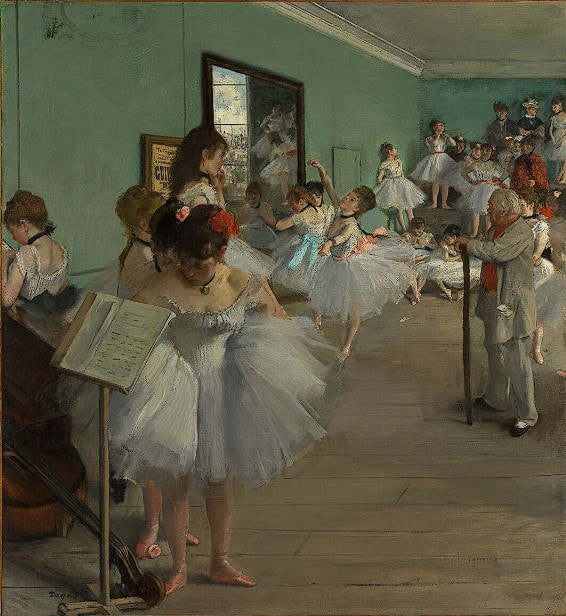
Using space effectively can also create a sense of tension and movement in a composition.
This can draw the viewer in and create a powerful emotional response.
Overlapping Subjects
By overlapping subjects, you can create a new perspective and make your artwork more dynamic.
When used skillfully, overlapping subjects can create an artistic experience that draws the viewer in.
Through this technique, the artist can create an illusion of space that allows the viewer to explore the artwork in an immersive way. This technique can be used to create an interesting visual narrative and to add an unexpected element of space to the composition.
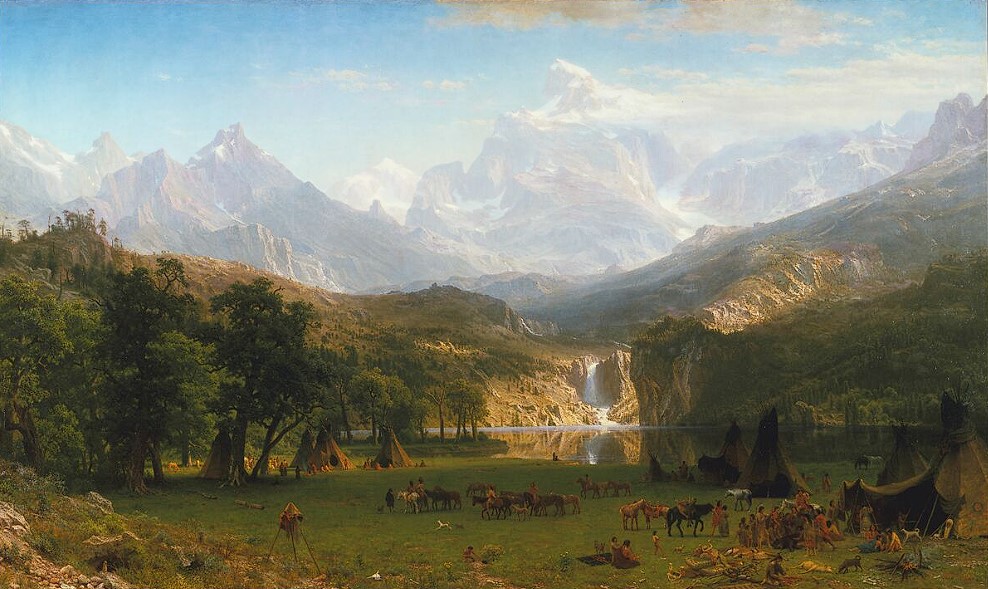
For example, imagine you’re creating a landscape painting with a beautiful forest scene. You have a prominent tree in the foreground, and behind it, you want to depict a winding path that leads into the distance.
By overlapping the tree branches and foliage in the foreground, partially obscuring the view of the path, you create a sense of depth and space within your composition.
The overlapping branches and leaves serve as positive space, while the gaps between them form negative space. This interplay of positive and negative space enhances the illusion of depth, giving the viewer a sense of distance within the painting.
Not only that, but the partially hidden path creates a visual invitation, inviting the viewer to explore the depths of the forest.
By utilizing overlapping subjects, an artist can create a powerful and meaningful composition that contains a unique element of space.
Using Color And Value
You can use color and value to work with the element of space in your artwork as well.
For example, you can use warm colors to make the subject appear closer to the viewer, and cool colors to create a sense of distance!
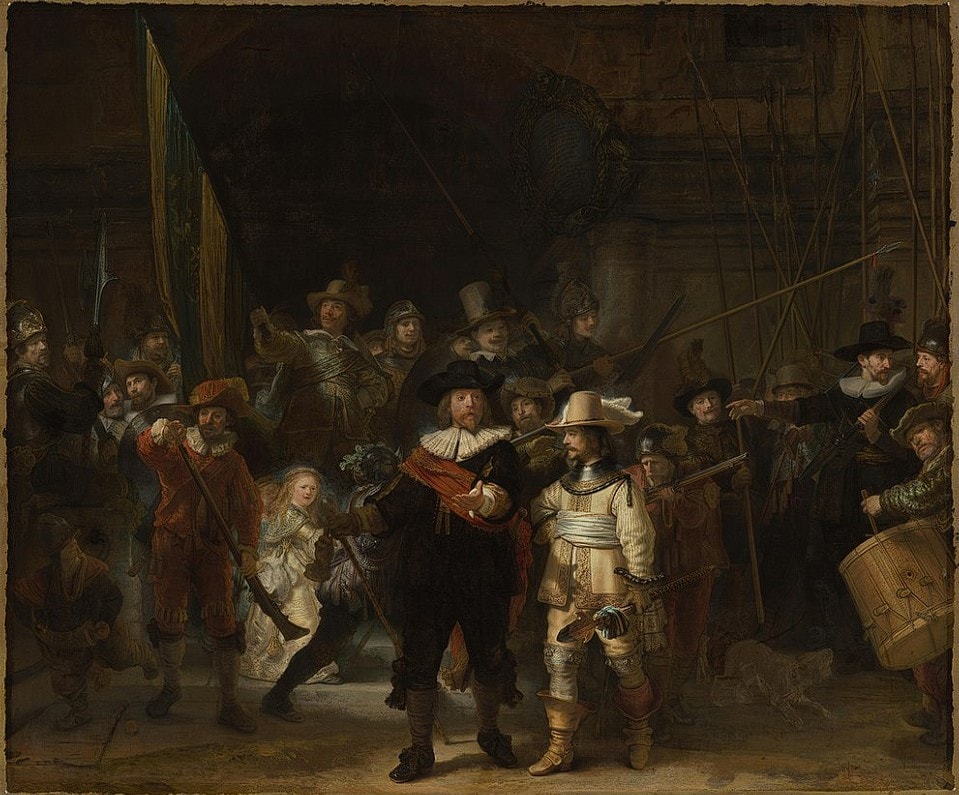
You can also use contrast in your values by focusing on dark values for objects and subjects in the foreground. While keeping lighter values for those in the background.
This contrast pushes the background away and keeps the foreground closer to the viewer.
Illusion of Perspective
Artists can create an illusion of perspective with the use of space in art by correctly using perspective!
By using linear perspective, a vanishing point, and three-dimensionality, you can create the illusion of depth and space within your artwork.
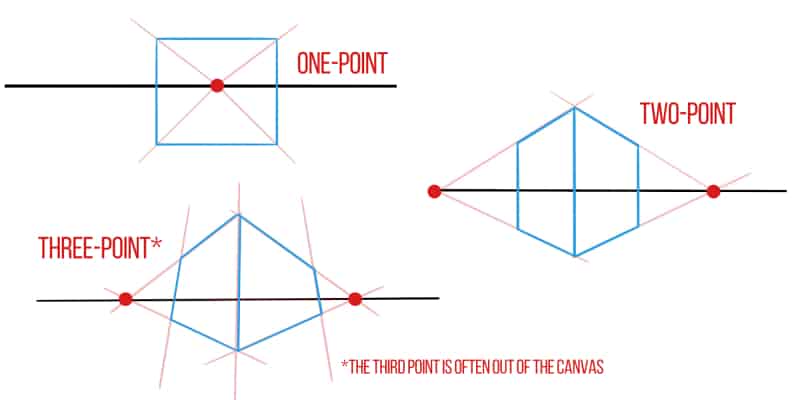
This illusion technique also lets artists accurately depict the size and scale of objects.
Objects that are farther away will appear smaller than those that are closer.
These techniques combined can transport viewers into a seemingly limitless space, making the artwork more engaging and immersive.
Detailing Subjects
Adding more details to your subject or object will make them look closer to the viewer.
While keeping them simplified and with fewer details will make them look further away from the viewer.
This allows you to play with distance in your composition!
Illusion Of Size
By cleverly playing with scale, artists can create an illusion of size that can add a captivating element to their artwork.
This illusion of size is a key element of art, allowing the artist to control the visual perception of space.
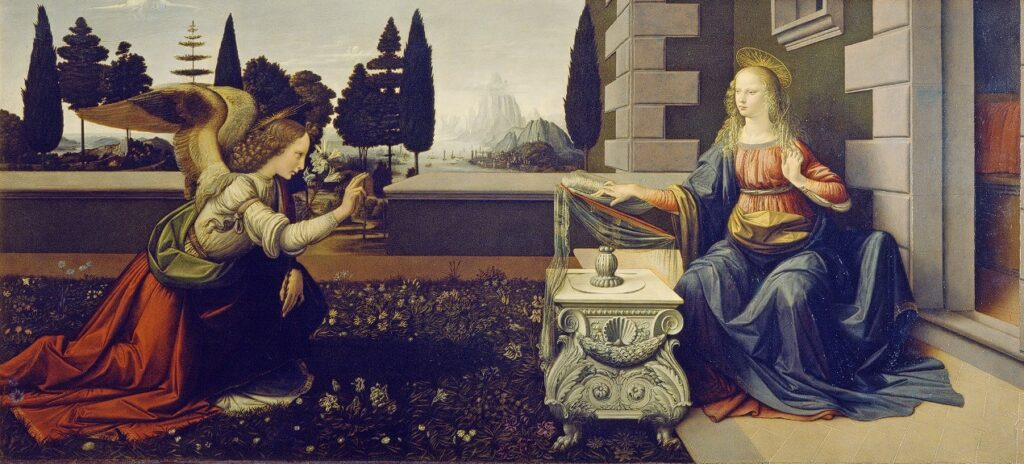
A great example of this concept can be seen in many of Leonardo da Vinci’s works, where he uses clever use of negative space to control the way the viewer perceives the size of the artwork.
This same concept is also used in many contemporary artworks, with artists using various techniques such as foreshortening and perspective to create a sense of scale and space.
Space In Art Examples
Space is an art element with big focus throughout art history!
So here are some examples of sculptures, still life paintings, and more from famous artists using space in their work.
Camille Pisarro’s “Boulevard Montmartre, Spring”
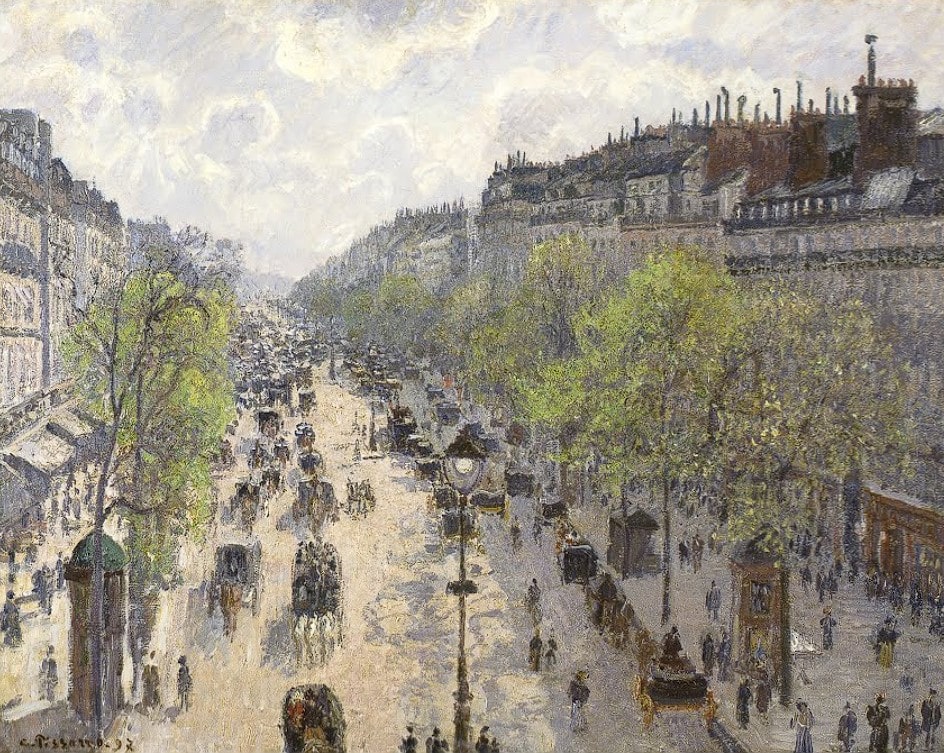
In this masterpiece by Camille Pissarro, you can see how he skillfully uses space to create a sense of depth and distance.
The bustling city street shows receding buildings, getting smaller as they stretch into the background.
Pissarro uses diminishing scale and atmospheric perspective to draw your eye into the painting, inviting you to explore the busy scene and experience the vastness of the city.
M.C. Escher’s “Relativity”

Escher’s ‘Relativity’ mind-bends the viewer, expertly playing with spatial relationships.
The artist uses architectural elements and figures to create a complex labyrinth where gravity appears to defy physics laws.
By manipulating space, Escher challenges your perception and invites you to contemplate the intricate connections between planes and dimensions.
The intricate interplay of stairs, doors, and figures creates a captivating illusion that leaves you pondering the mysteries of space and perspective.
Yayoi Kusama’s “Infinity Mirrored Room – The Souls of Millions of Light Years Away”
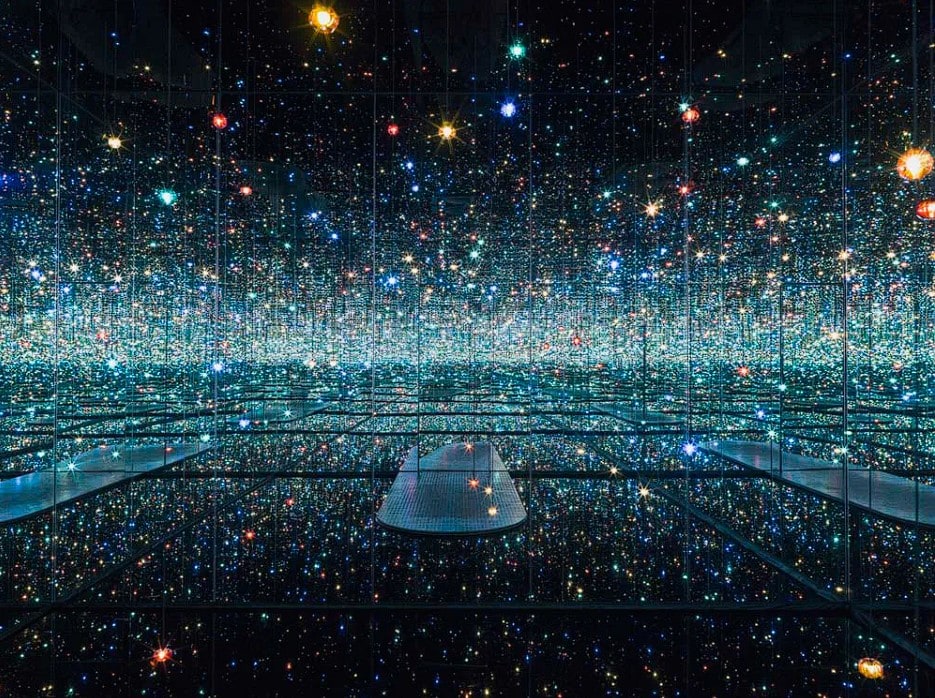
Kusama’s immersive installation, ‘Infinity Mirrored Room – The Souls of Millions of Light Years Away,’ uses space to create an otherworldly experience.
As you step into the room, countless reflective surfaces extend in every direction, creating an illusion of infinite space.
The repetition and endless reflections amplify the sense of vastness, while strategically placed LED lights add a mesmerizing, ethereal quality.
Kusama masters space to transform the installation into a captivating, immersive journey that transports you beyond the constraints of physical dimensions.
Louise Bourgeois’s “Maman”
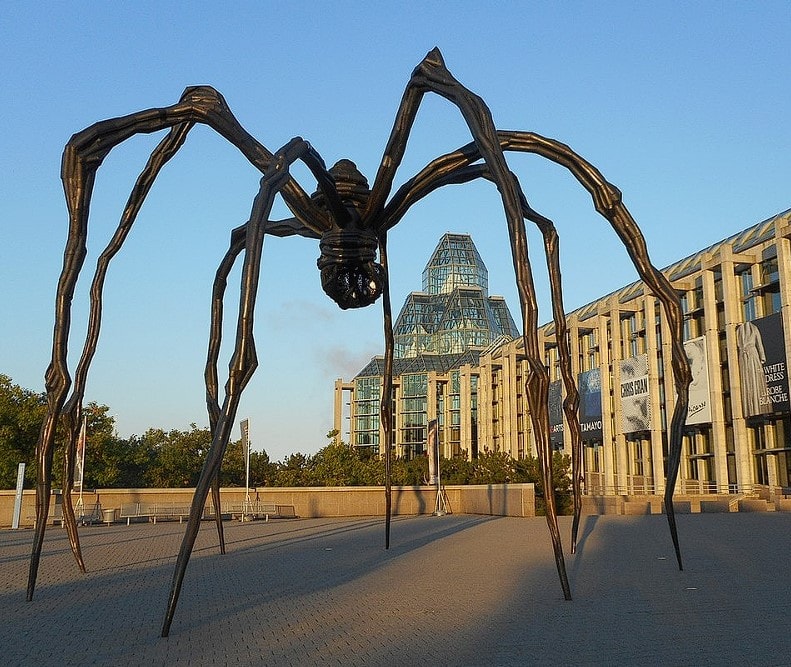
Bourgeois’ monumental sculpture ‘Maman’ exemplifies her skillful utilization of space and scale.
The spider-like sculpture stands proudly, its long, slender legs providing support for a sheltering abdomen.
The inviting gap amidst the legs entices one to walk around and beneath the sculpture, allowing for an experience of its commanding presence and an exploration of the interplay between solidity and emptiness.
Related Questions
When it comes to analyzing the concept of space in art, there are many possible questions artists have.
Such as the difference between deep and shallow space, and 3D and 2D works of art.
So let’s go over those questions!
What Are The Differences Between Deep And Shallow Space?
The differences between deep space and shallow space are that deep space in art is characterized by the distance between the viewers and the objects depicted in the artwork.
Shallow space, on the other hand, is created when the objects in the artwork are placed close to the viewers.
For example, a painting of a landscape with mountains in the background would be considered a deep space, while a portrait of a person standing in the foreground would be considered a shallow space.

In comparison, deep space usually gives a three-dimensional feel to the artwork, with the picture plane stretching out into the middle ground.
Shallow space, on the other hand, gives a two-dimensional look, as the objects are located close to the picture plane.
Additionally, deep space often adds a sense of mystery and awe to the artwork, while shallow space creates an intimate connection between the viewer and the artwork.
What Are The Differences Between 3-D Space And 2-D Space?
You can easily distinguish 3-D space from 2-D space in artwork.
3-D space creates a sense of depth and realism, while 2-D space gives a flat and abstract look to the artwork.
Three-dimensional art allows the audience to experience physical space, inviting them to interact with the artwork in a tactile way.
This creates an immersive experience, with the audience almost feeling like they’re part of the artwork.
In contrast, two-dimensional space is limited to the canvas, leaving the audience with sometimes a feeling of detachment.
But as we discussed before, you can still create an illusion of depth in two-dimensional spaces with the right techniques.
You just need to use the 7 Elements of Art correctly!
Learn all these drawing basics by enrolling in a step-by-step art course here.
Patricia Caldeira is the main writer here at Don Corgi. She's an art teacher with over 20.000 happy students across many platforms and courses!
Enjoy your stay and as always:
Keep on drawing!

